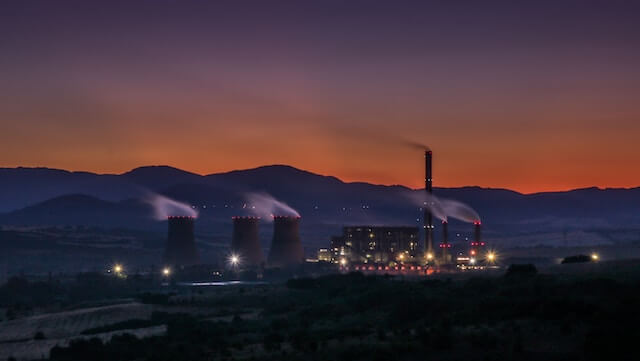From spreadsheets and smartphone photos to new software applications, individuals and businesses around the world are generating more data at an unprecedented rate.
The total amount of data created, captured and replicated is known as the global datasphere. Researchers at market intelligence firm IDC predict this datasphere will grow to 180 ZB by 2025, up from 33 ZB in 2018.Meanwhile, the enterprise data space is growing twice as fast as the consumer data space, in part because organizations are increasingly using the cloud for storage and consumption.
Much of this raw data is often located in disparate silos at the point of collection, limiting its use in the enterprise. In fact, data scientists spend an average of up to 60% of their time collecting, cleansing, and organizing data, rather than mining it for insights.
Turning data into actionable information
However, when these individual and unfiltered data sets are aggregated and organized into insightful information, businesses can realize even greater potential. Aggregating and combining this information into a global view can provide the industrial world with a blueprint for unlocking productivity and value gains and demonstrating ways to innovate at scale.

Businesses are now using data-led innovation to unlock sustainability gains in line with the net-zero carbon emissions commitment of the Paris Agreement targets. From managing carbon emissions to uncovering sustainable new revenue streams, the business benefits of information-led digital technologies are manifold.
Improving operational efficiency
Efficiency or doing more with less must be at the heart of any sustainable development. Using fewer resources helps to both maximize supply and reduce the cost of doing business. In the process, businesses can reduce their carbon footprint.
That's what Aker Carbon Capture understands. The company uses a unified engineering approach to create efficient and replicable designs for its carbon capture units. By integrating all of its process simulation and engineering (1D, 2D, and 3D) data into a single data-centric hub in the cloud, its employees can collaborate across time zones to improve operational efficiency and time to market by more than 50%.
Cutting Energy Consumption
Consumers in many countries are familiar with the way smart meters highlight their energy consumption. When the same concept is upgraded to industrial plants in real time, managers can track consumption and streamline their operations to reduce energy use.

U.S.-based food producer Kellogg's is one of the first companies to set scientific goals to help keep global warming below 1.5°C. The company has also set a goal of reducing energy consumption throughout its operations. Reducing energy consumption is a key priority in driving net-zero emissions throughout its operations, and Kellogg's uses the AVEVA PI System to track and manage energy data at its plants, creating a digital ecosystem that benchmarks usage and identifies savings opportunities. The digital suite has resulted in $3.3 million in annual savings, while identifying an additional $1.8 million in rebates and improving emissions reduction measures, such as optimizing the use of HVAC units in its plants.
Emerging New Revenue Streams
In addition to cost savings from efficiency and optimization, digital solutions can help unlock new business opportunities. Sharing relevant data with customers and partners is one way to do this.
Dominion Energy aggregates data from remote wind and other assets in the cloud. Sharing this energy and performance information with customers allows them to verify that Dominion is using energy from low-carbon sources. In turn, customers can provide investors and environmental, social and governance (ESG) auditors with proof of their own net-zero commitments - creating a new revenue stream for Dominion.

In addition to realizing a 50 percent increase in the speed to market of critical environmental data, Dominion has improved its profitability and is now helping to accelerate the low-carbon energy transition in North America.
Investing to Drive Sustainable Change
According to the 2021 Global AVEVA Survey, nine in 10 business leaders want to accelerate their sustainability activities as they recognize their role in achieving key net-zero goals. Some 85% plan to increase their investment in digital transformation over the next three years to combat climate change, embrace automation and unlock the performance benefits of advanced technologies.
With digital technologies embedded in the DNA of organizations, data is being generated at all levels of the enterprise. Turning this data into actionable insights can help drive positive change while improving profitability at every level.
